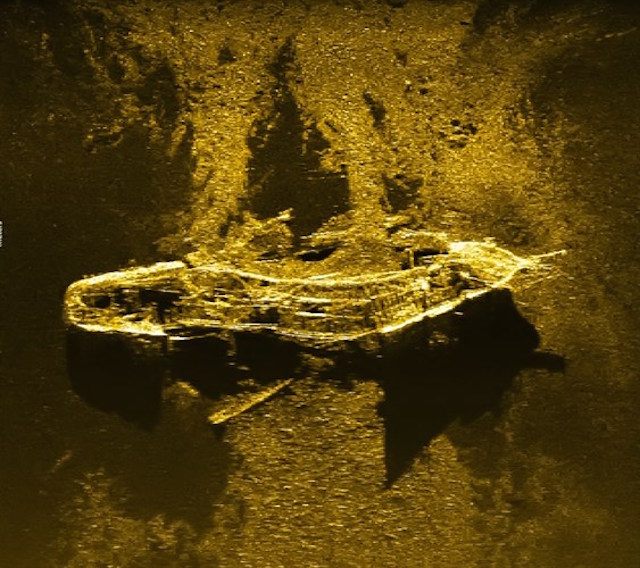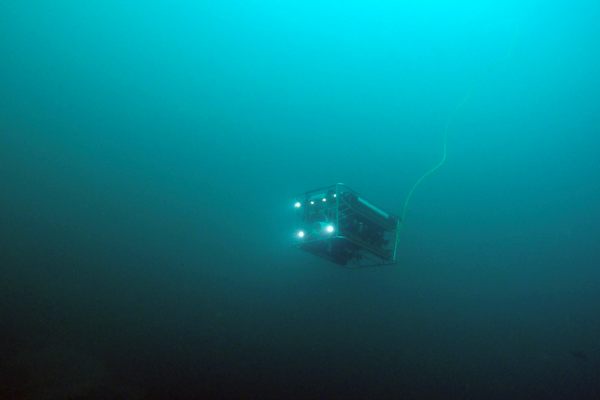19th-Century Shipwrecks Keep Getting Discovered During the Hunt for MH370

The second shipwreck (Photo: Australian Transport Safety Board)
The remains of Flight MH370 have eluded almost two years of multi-pronged recovery attempts, efforts that began as soon as the plane was reported missing in March 2014. But searchers keep finding something else: 19th century shipwrecks.
In the middle of December, one of the vessels that are searching the Indian Ocean for traces of the lost plane made “an anomalous sonar contact,” the Australian Transport Safety Bureau said, in a new operational report. Whatever the searchers had found, it looked to be manmade.
The Australian team suspected they’d found a shipwreck, so they sent down an autonomous underwater vehicle to take a closer look. Early in January, that vehicle captured another sonar image, this one higher resolution. It showed, more clearly, the wreck of a ship, which shipwreck experts at the Western Australian Museum believe likely dates to back to the 19th century.
There are a few clues in the image that hint at the ship’s age, including the shape of its hull and its current condition. It’s relatively long for its width, a shape that became more common towards end of the 19th century, as materials like iron or steel were used to build ship hulls.
The completeness of the ship, too, indicates that it’s like made of more than wood. “Even in deep water, there’s all type of things that would eat wood. It would be unusual to have wooden ship that would look to be in as good shape as that one,” says Kevin Crisman, the vice president of the Institute of Nautical Archaeology at Texas A&M.
Shipping traffic in this part of the world was relatively thin for most of history. “If they were doing this search in a place like coastal Europe, I would expect there would be dozens and dozens of ships,” said Crisman.
Regular steam shipping started to cross the Indian Ocean in the mid-1800s, and wrecks are more common in certain treacherous places, like the coast of Western Australia. Some of the most fascinating wrecks in this ocean have only been found in the past decade or so; the oldest Indian Ocean wreck ever found was discovered in 2003 and first explored by professional marine archaeologist in 2011.
The wrecks found during the search for MH370–this one and another found in May 2015–will likely stay undisturbed at the bottom of the ocean. They’re both more than two miles deep underwater–far enough down to make them difficult (and expensive) to explore. But at least now we know they’re there.
Every day, we highlight one newly lost or found object, curiosity or wonder. Discover something unusual or amazing? Tell us about it! Send your finds to sarah.laskow@atlasobscura.com.










Follow us on Twitter to get the latest on the world's hidden wonders.
Like us on Facebook to get the latest on the world's hidden wonders.
Follow us on Twitter Like us on Facebook